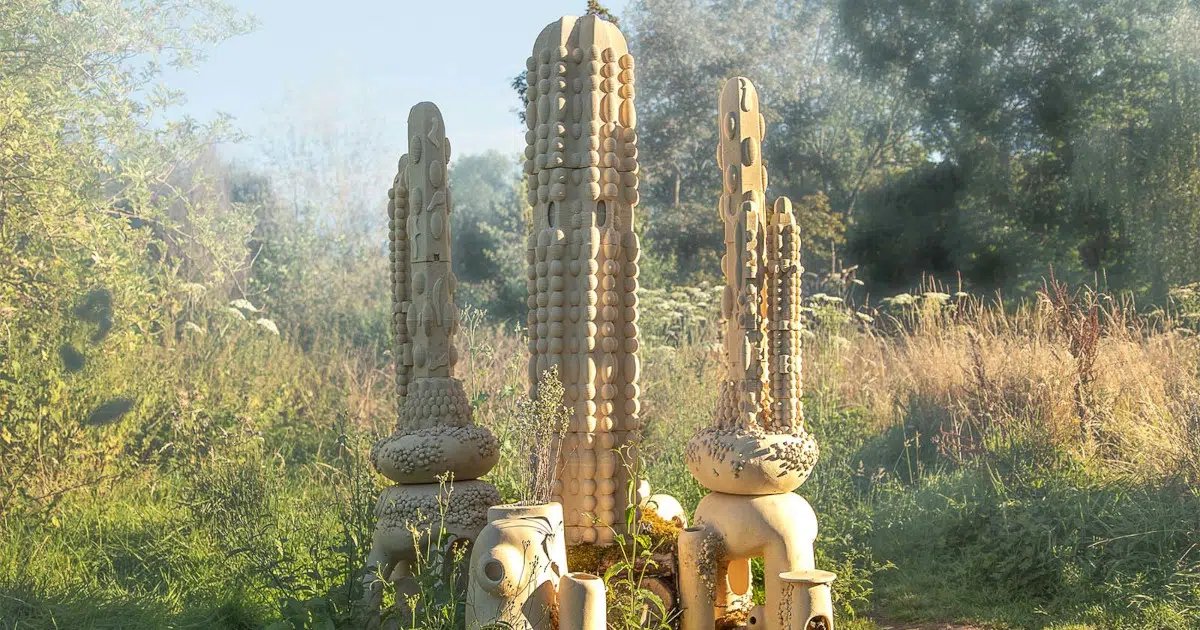
Artist Draws Biology To Create 3D Printed Ceramic Sculptures
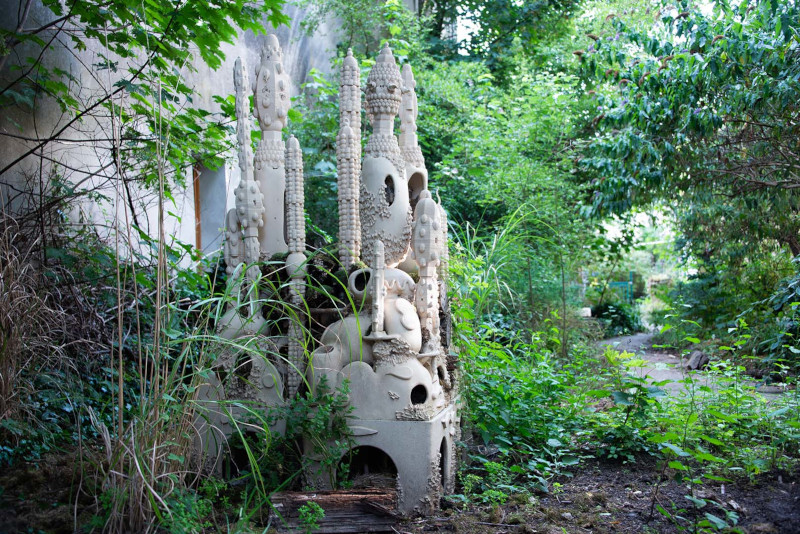

Photo: Jerome Valton
Biology and architecture may look like two specialties, but at work Raphaël emineThey are inseparable the duo. The French artist creates ceramic sculptures with organic forms. But regardless of its unique aesthetics, what makes them more is their goal. Insects and other small creatures are supposed to control them. The result makes each piece complicated inside as it is outside.
The decorative EMINE sculptures have a aesthetic aesthetic mixing with lush landscape where its works are usually laid. To achieve this level of complexity, the artist mixes traditional materials and techniques with the latest 3D printing. Various resources for EMINE also allowed the creation of a smaller environmental imprint.
The effects and topics that have become to form an EMINE’s artistic vision are varied, such as the shapes that appear in his work. The artist named plant science, mathematics, design and insect science as sources of inspiration, in addition to revealing the advanced structures in nature, such as bees and spider cells.
In general, EMINE’s work explores how membership and the platform can only coexist, but also interact to create a YouTube, of some kind. By providing comprehensive housing for small creatures, the sculptor puts art in the service of nature, which develops a real application to the theoretical knowledge he collected throughout his life. In turn, it shows us what is possible in the world of architecture and design for us as well.
Met Met Method gave me the opportunity to speak to EMINE about working with ceramics, integrating technology into the center of Khaled, and unclear lines between sculpture and installation. Continue reading to meet Met Met modern modern.
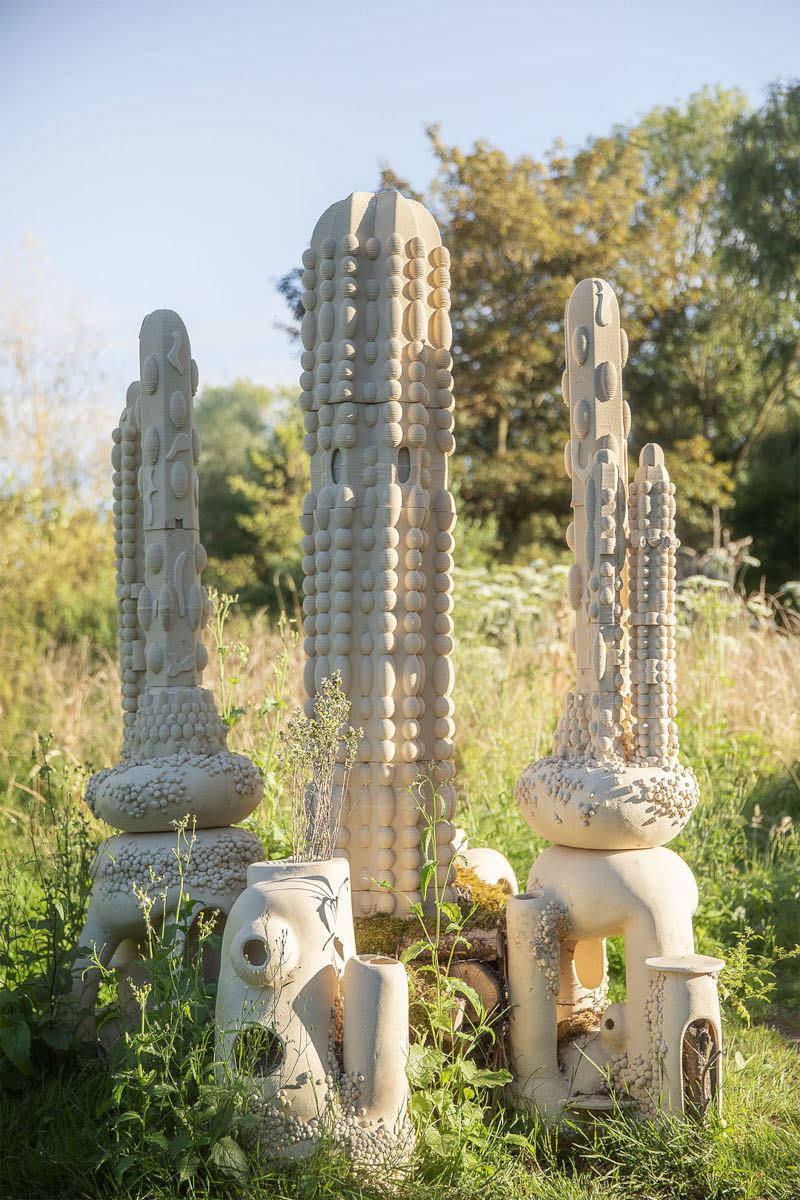

Photo: Jan Monneel
How does your technical journey begin?
In the morning, go directly to the studio to review what was done the day before. I take coffee and set up the space and tools for the next work.
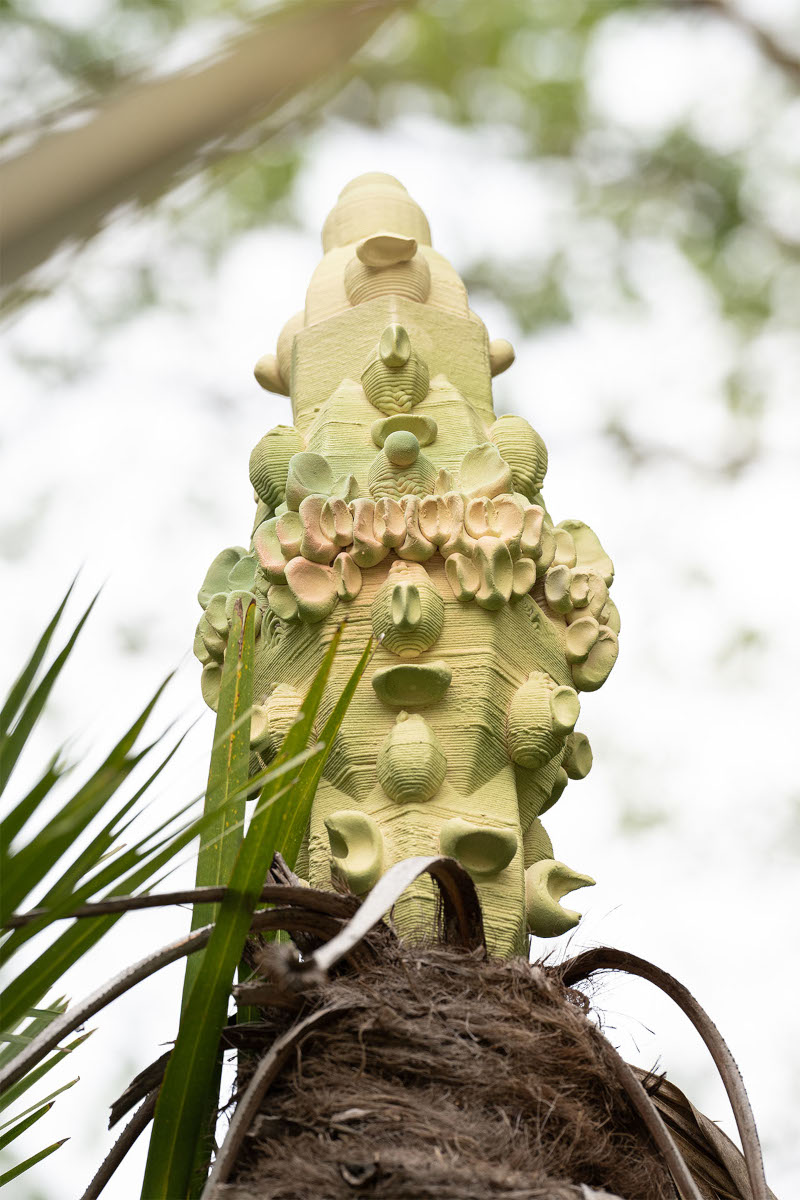

Photo: Claudia Julo
How does your creative process look?
After an initial stage of research and drawing, my process becomes very intuitive, as decisions are organized organically during my work.
Some pieces – especially nest Series and Pest utopia– Designed specifically to host insects inside the biological Obov that has been carefully considered. In these cases, I imagine that their structures as premises are visualized for certain types. However, there is no fixed scheme. These works are intentionally modified and adaptable, which aims to form them in different ways according to the site and the experience that is proposed.
On the other hand, I also create sculptures developed by searching on a smaller scale, such as studies series. This approach allows me to experience new 3D models, textures, and other material explorations.
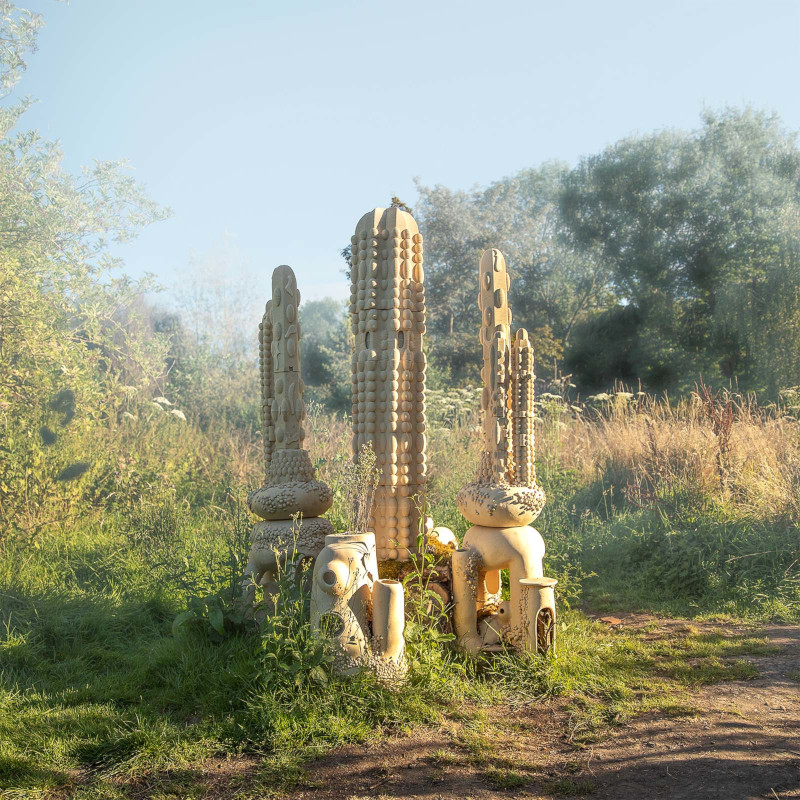

Photo: Jan Monneel
What inspires your books?
Forms and forms arise from the intersection of different effects: architecture (human and inhumane), biology, scientific images, decorative arts, comedy, video games, animation movies, science fiction, and more.
I love success and hybridization – allows me to feed the visual vocabulary and I never feel bored.
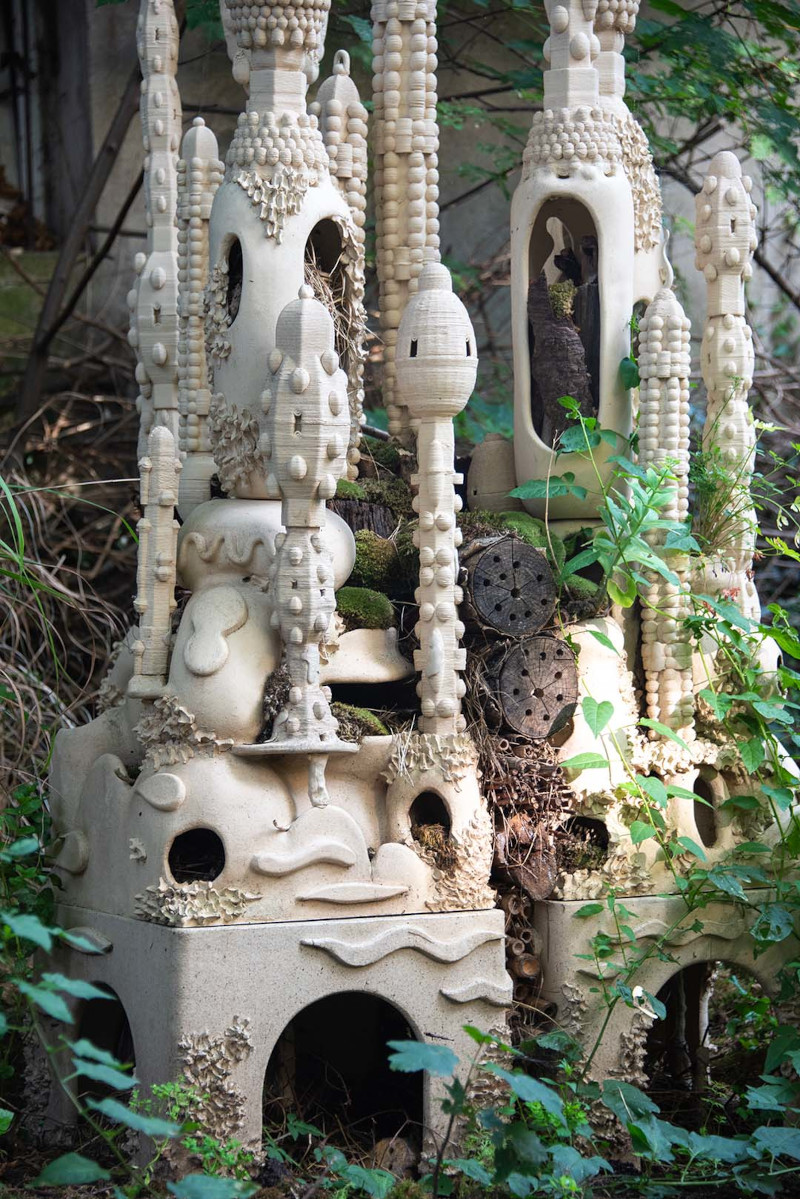

Photo: Jerome Valton
As an artist, what do you like about ceramics and work with Clay?
I started working with ceramics as a scientific artist, as I develop my visual language and my technical approach through a great experimental process. My practice came out of an intuitive experience with Article-not with the intention of creating “art” in itself. Like the alchemist, I dissected the material through a series of improvised experiments, attracting fragmented visions, often not decisive through experience and error. Initially, I also participated in similar explorations, but through glass and metal materials, so I was disturbing different means.
What led me in the end to focus deeper on the clay is its metal nature. The clay is an applicable rock that provokes the plasticity a sudden similarity to the organic material. It was this paradox that captured me. I began to imagine my work as metal vascular – combining organic life forms.
My decision came to devote a psychosocial also after years of working with many contaminated materials. In contrast, ceramics can re -enter the slow geological cycle to return to the ground without causing environmental damage. In some cases, this process can enrich a local environmental system. This is the intention behind my practice: Create sculpture as a form of environmental repair.
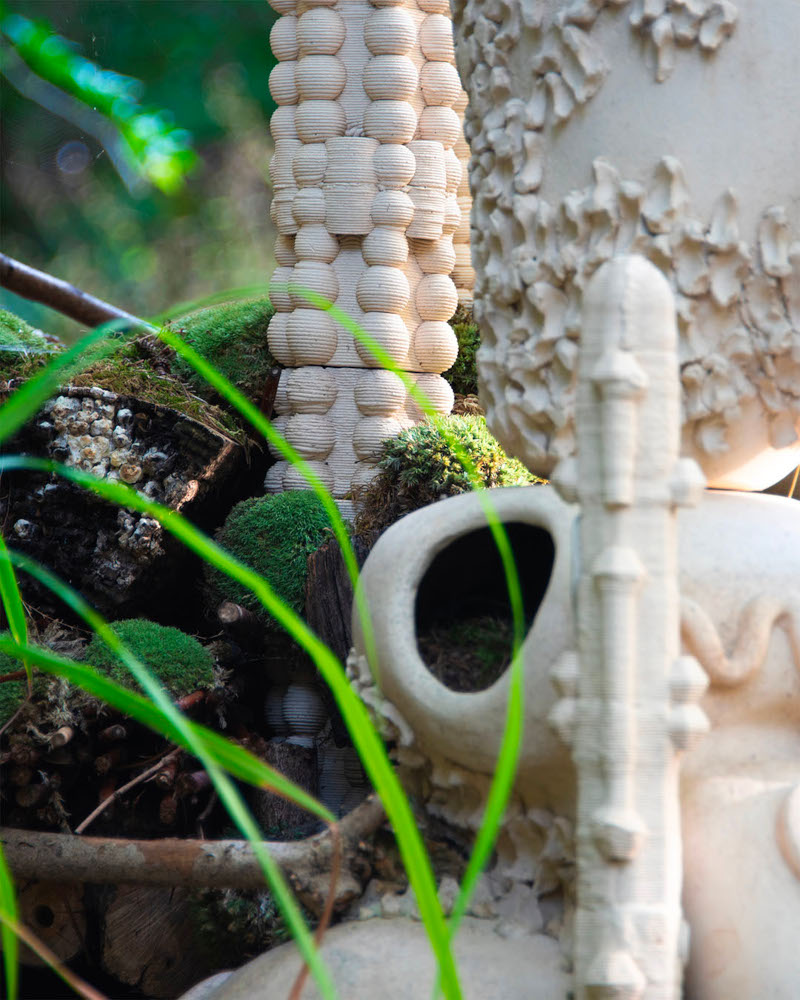

Photo: Jerome Valton
How was mixing 3D printing with more traditional media, such as ceramic?
He was Insect sculptures The project that led me for the first time to explore 3D printing. I was inspired by my early research from the natural structure, such as beehives and termites. I saw in this technology a way to create complex internal structures inside my sculpture – with the appropriate accuracy level for the small arthropods. I have no formal training in 3D modeling and I only had a very previous experience, but today’s tools and common online knowledge allows access to specific goals quickly, without the need for a deep specialization.
A collection of widespread inspiration from the nineteenth -century Inspirational illustrations to the forms of contemporary electronic microscope. I assemble these visual materials using digital tools such as 3D modeling program, and recently artificial intelligence. Then test these designs through printing, and I often improve them manually after necessary.
through Insect sculptures3D printing has become integrated in my creative work. It now leads me to other proposals that benefit from the capabilities of this specific technology, while it is still combined with traditional crafts methods. In general, I see new technologies not a break from tradition, but as a natural extension for them.
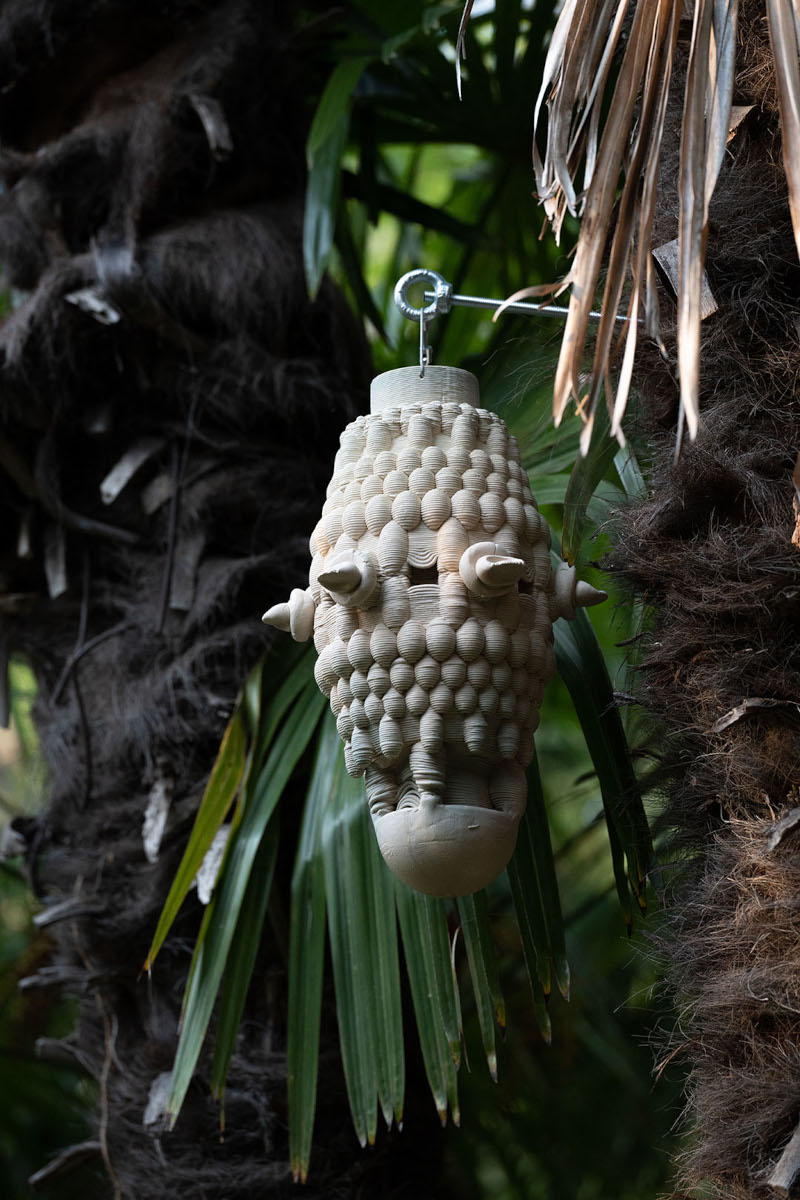

Photo: Claudia Julo
Do you say that your work goes beyond sculpture and goes to the world of facilities?
I enjoy working on different scales. Some of my works are a series of statues, while others are settings between species designed for external environments. In these cases, it acts as laboratories-coordinated to explore relationships with non-human life. They never ended, because the goal is not to design things, but to design relationships.
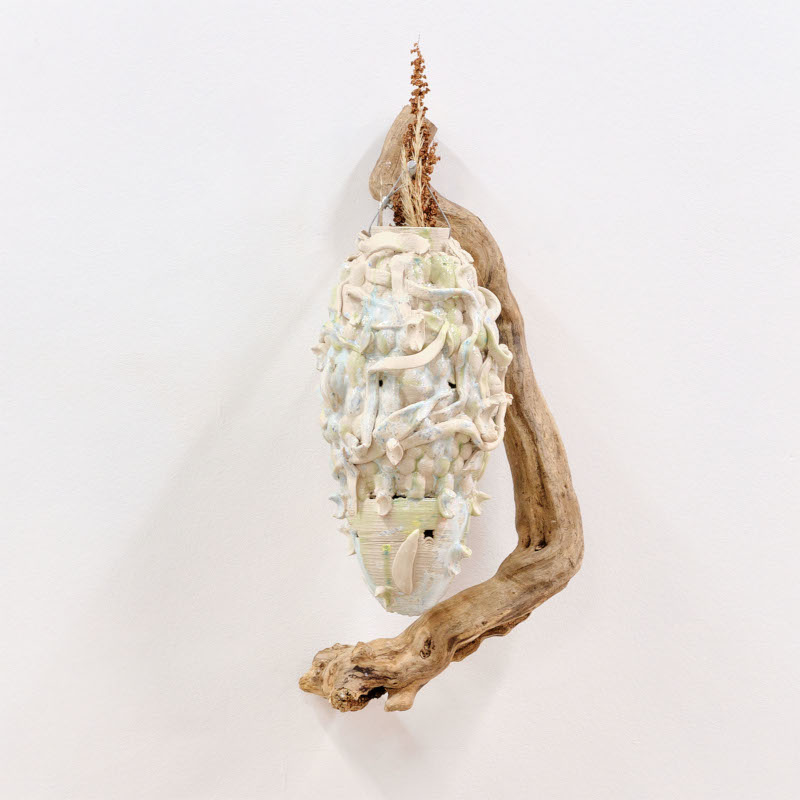

Photo: Luke Bertrand


Photo: sharp objects
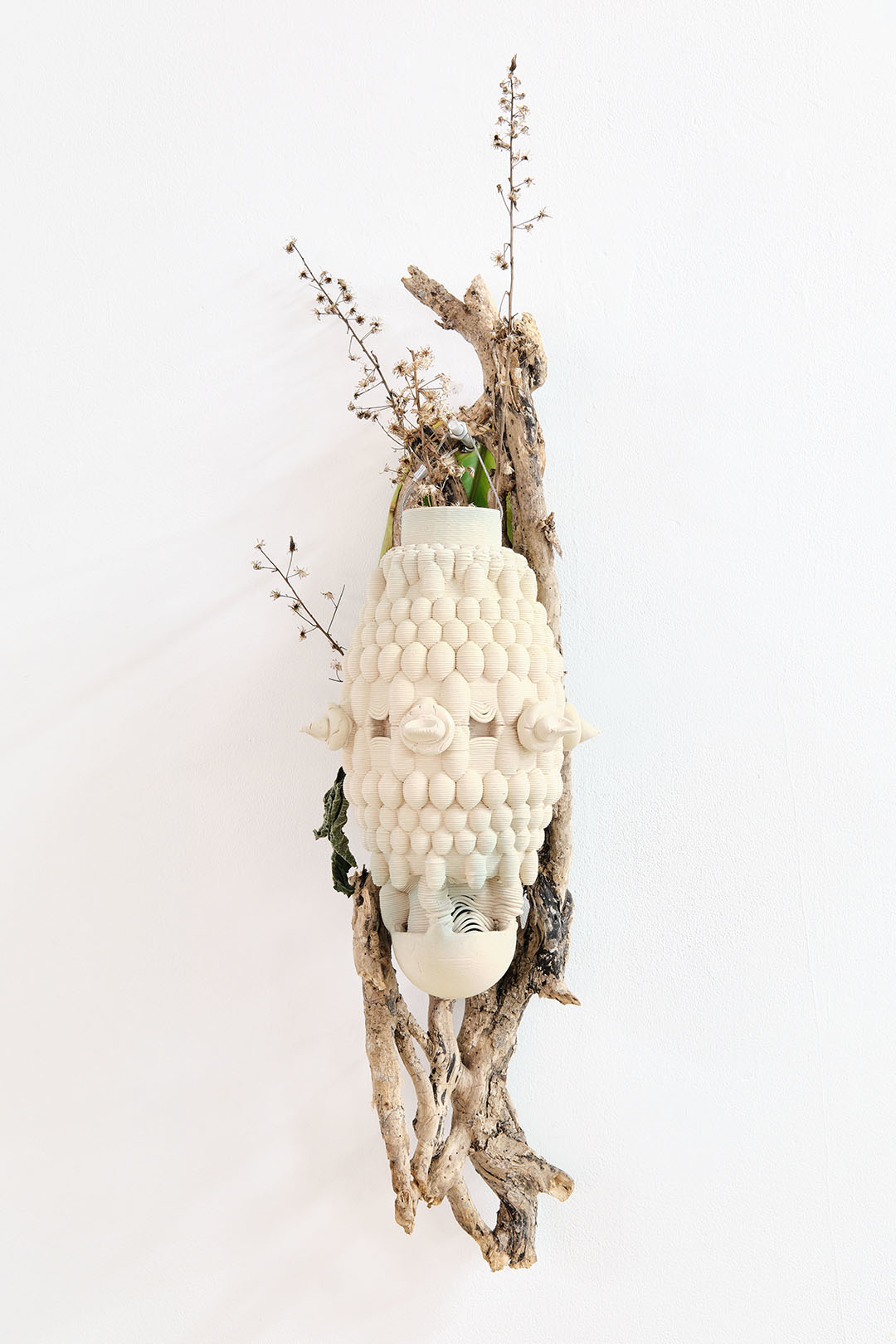

Photo: Luke Bertrand
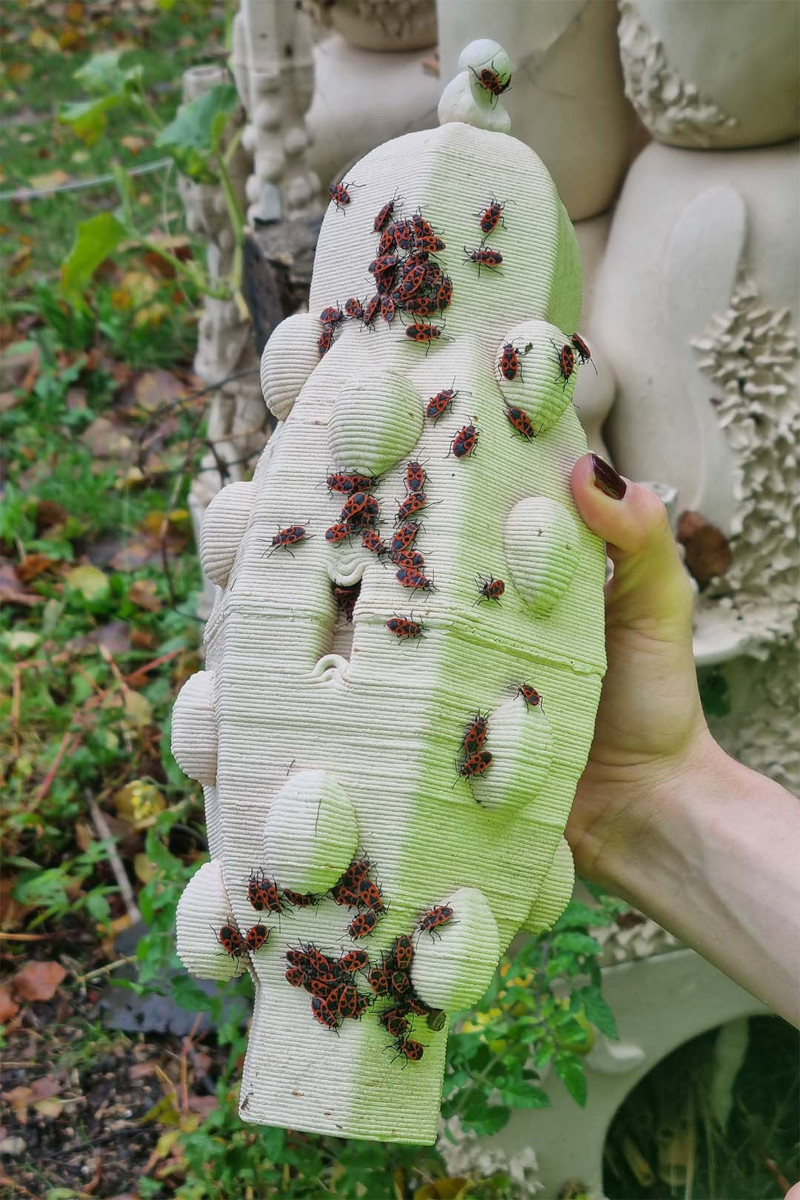

Photo: sharp objects
Raphaël Emine: Website | Instagram
Met Met has given permission to distribute pictures of Raphaël Emit.
Related articles:
Thousands of small vases meet to form huge sculptures
The amazing identical sculptures reflect different forms of human relationship
The motor sculpture changes throughout the day to submit the latest weather report
Permanent sculptures for fragmented people who inspire self -thinking (interview)













Post Comment